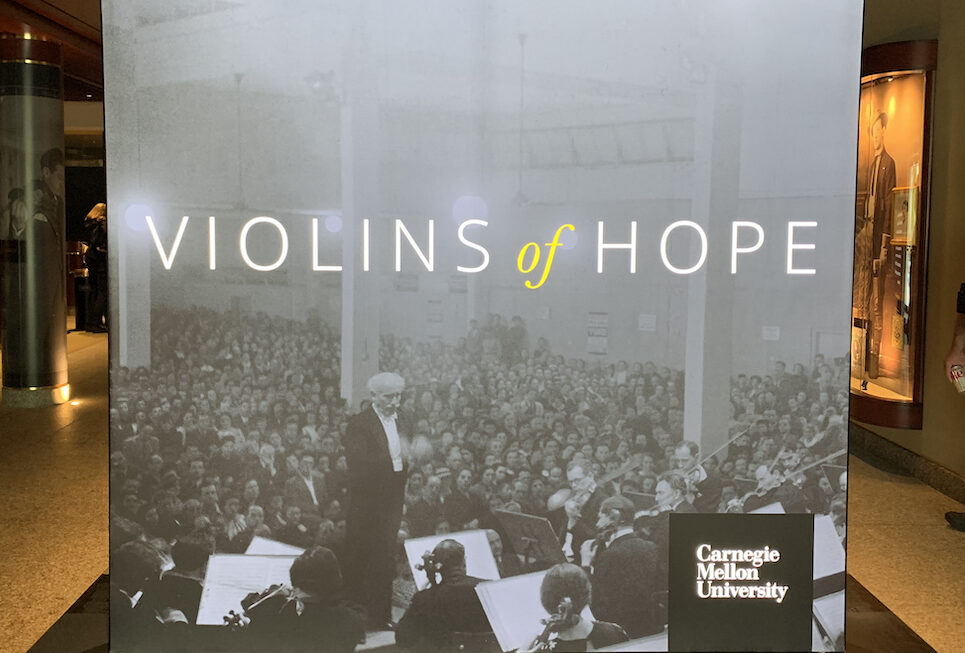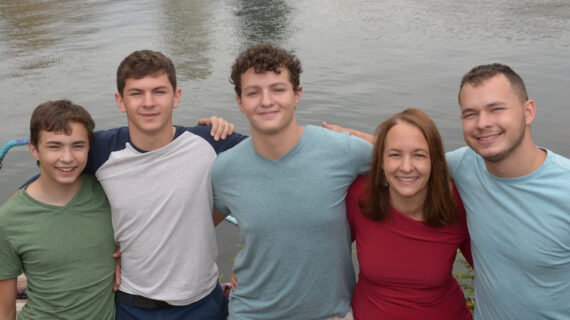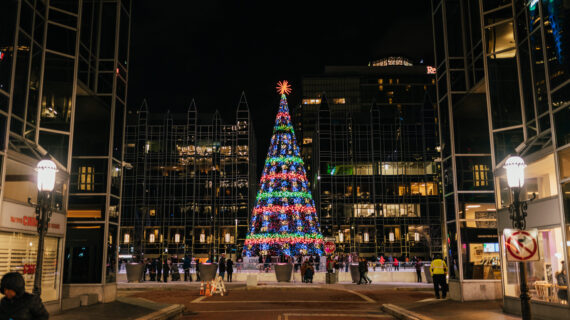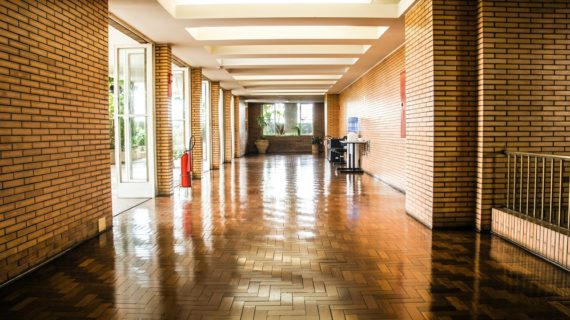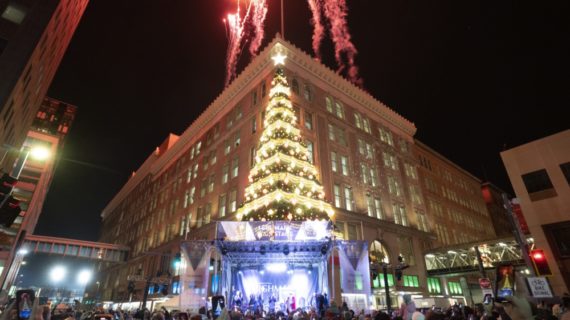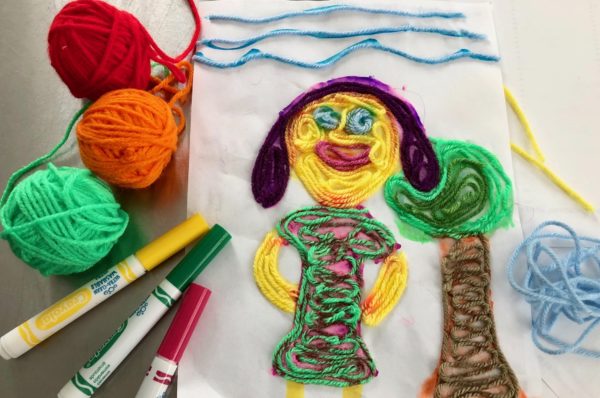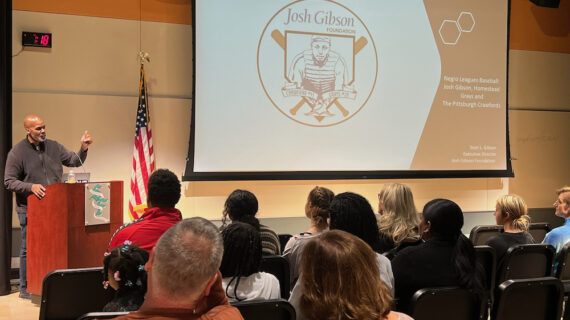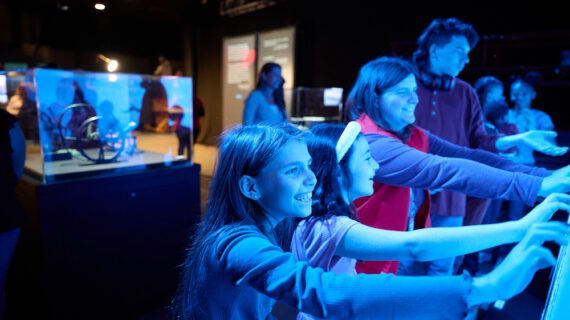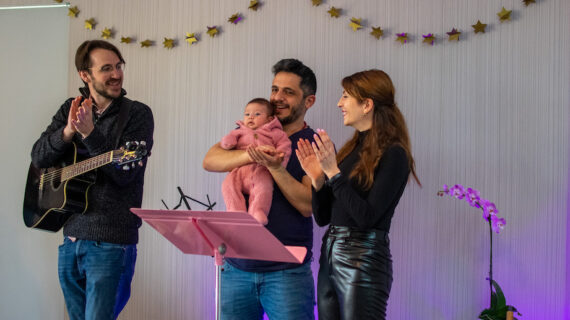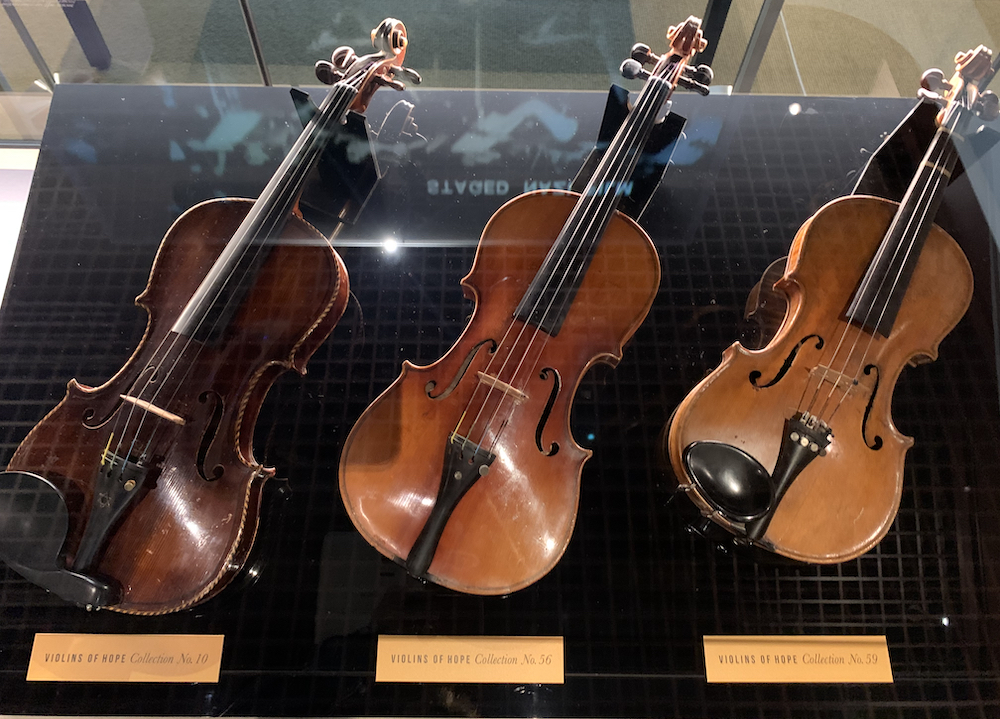
I experienced the powerful Violins of Hope exhibit. Here’s why you should, too.
Photos by Brendan Harris.
Words have a difficult time conveying the true atrocities that were committed by Nazi Germany from 1933 to 1945. During the Holocaust, approximately six million Jewish people were forcibly removed from their homes, stripped of their belongings and eventually killed in numerous execution camps simply because of their religion. A powerful exhibit called “Violins of Hope” at Carnegie Mellon University’s Posner Center is using music, not words, to tell the stories of Jewish musicians during the Holocaust and celebrate the strength of those who endured this horror.
This free exhibit runs from Oct. 7 to Nov. 21 as part of a landmark community project, Violins of Hope Greater Pittsburgh.
Visitors will see many different violins, all previously owned by a Jewish musician during the Holocaust. Some of the violins were hidden to prevent them from being seized by the Nazis; others helped to keep their owners alive, as musicians were favored by Nazi guards and officers for entertainment in the death camps.
Some of the violins are battered and broken – a testament to the sheer hardship they had to endure to even be present in the exhibit. In the collection, one violin was buried in the ground, one was thrown out of a train transporting Jewish prisoners to a death camp, and one was given to a non-Jewish friend in the hope that it would survive even if its owner would not.
Others, called Klezmer violins, are ornately decorated and specially designed. They are adorned with glass diamonds, intricate carvings, and the star of David – a Jewish religious symbol.
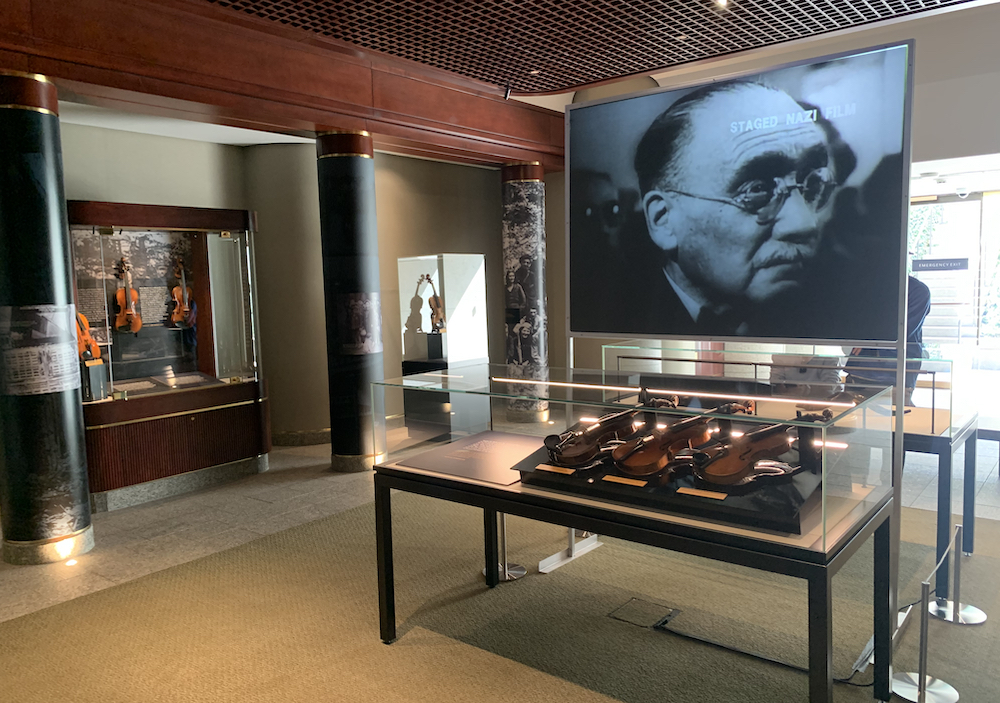
Trained docents at the exhibit offer tours, share information and answer questions.
In addition to the centerpiece Violins of Hope Exhibit at CMU, there are many events planned around the Pittsburgh area celebrating the work, culture, and lives of Jewish musicians, dancers, and ordinary people during the Holocaust. These events include concerts, ballets, memorials and more. Some of the violins that have been rescued from the Holocaust will even be played.
All of the violins – more than 100 – were procured and restored by master luthier Amnon Weinstein and his son Avshi over the last 25 years of their lives. They created Violins of Hope to serve as a tribute to the many people who perished in the Holocaust– a number that includes 400 of their relatives.
“Each violin, it’s for me like a memorial to one part of my family or memorial for the six million people,” Amnon Weinstein said in a video documentary played at the exhibit.
For me personally, the exhibit was a very moving and emotional experience that caused me to reflect on life itself. Walking amongst the many violins, each of which had belonged to someone who had experienced things I couldn’t even imagine, truly gave me a feeling of deep reverence for the Jewish prisoners who fought so hard to survive each day.
These violins bore witness to some of the greatest atrocities mankind has ever committed. They saw Jewish people displaced from their homes, forced into ghettos, and in many instances killed. Now I was seeing them- these incredible memorials to those lost.
“Poor violin, he is a witness for the most horrible things that you can do,” Weinstein said in the documentary.
Just being in the presence of these violins and reflecting on the sheer horror of the Holocaust conjured up powerful feelings inside me. How little humanity one must have to do something like this to a fellow human being. It cemented within me the idea that the Holocaust was truly a real, barbarous event. Seeing the violins and thinking about the people who once held them, played them, and cherished them so deeply – real people – touched me beyond what any history book or TV program ever could. These violins were something tangible – real survivors of the Holocaust. They touched my soul.
Throughout the entire exhibit, violin music plays in the background. Jewish prisoners used scraps of paper to write new music while in the concentration camps. Imagine: Even during the most horrific time of their lives, the Jewish musicians found inspiration to write new music; music provided comfort and hope. The memories of the Jewish people live on in this music.
I believe that everyone should see this exhibit. It really puts into perspective the undeniable tragedy that was the Holocaust. Each violin serves as a memorial, not only to its owner but to all of the Jewish people who perished.
At a time when there is an upward trend of antisemitic incidents and when young adults are forming our political ideologies, it is important to truly understand how horrific the Holocaust actually was and to question how it happened. We are a city that has witnessed antisemitism firsthand – the worst attack on the Jewish community since the Holocaust happened here in Pittsburgh. So it is important that we, as a community, come together to support and empathize with our Jewish neighbors.
The last witnesses of the Holocaust are disappearing. We need to learn from the Holocaust now and vow to change the future; this exhibit is a valuable tool for doing this. We need to keep the memories of the Holocaust alive in order to prevent history from repeating itself.
Though the Violins of Hope exhibit is free, visitors do need reservations and spots are limited. Click here to reserve.
